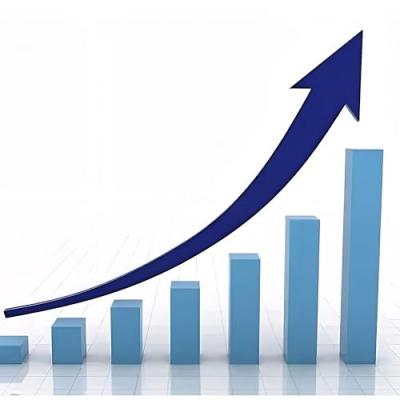Since commencing the tightening cycle back on 5 May 2022, the cash rate has risen by 175 basis points; but despite the rapid hike, the cash rate remains well below the pre-COVID decade average of 2.56%.
The RBA is clearly prioritising fighting inflation over supporting the housing sector and any temporary slowdowns in overall economic activity, as the cash rate approaches a contractionary setting later this year.
If house prices fall and mortgage repayments rise, it might help to limit inflation through wealth effects and may also reduce household spending.
The Reserve Bank of Australia believes that inflation will be back at 2-3% by the end of the year and the cash rate may retreat somewhat through the second half of next year.
The cash rate is forecast to peak at 3.32% in March next year and fall back to 2.99% by the end of 2023.
Today’s rate hike, which is likely to flow through in its entirety to variable mortgage rates within a matter of days, paints a weaker picture for the housing sector.
More rate increases to come
Higher interest rates have already had an immediate downside impact on housing values, with CoreLogic’s combined capital cities index peaking shortly after the first-rate on hike in May.
Since that time, dwelling values across the combined capital cities index are down -2.8% to 1 August, after rising 25.5% through the recent upswing.
According to most bank forecasts, the cash rate could rise at least another 75 basis points before peaking.
With this in mind, the decline in housing values is expected to become steeper and geographically more widespread.
Sydney home values are already falling at the fastest pace since at least the early 1980s, with most of that decline (4.8%) occurring since May’s cash rate increase.
Home prices will be influenced by how quickly interest rates rise and how high they go, as well as the performance of the broader economy, available employment opportunities and demographic trends.
As the cash rate finds a ceiling, housing values should find a floor.
Published: Wednesday 3rd August, 2022
Last updated: Friday 27th January, 2023
Please Note: If this information affects you or is relevant to your circumstances, seek advice from a licensed professional.









